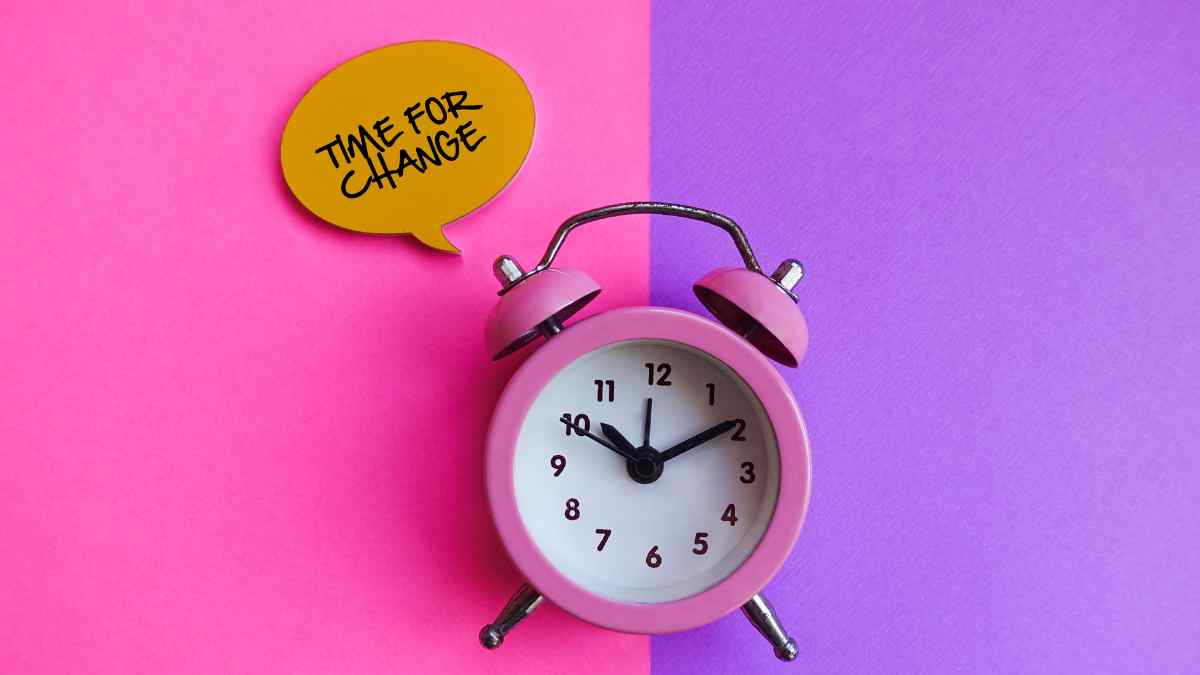Daylight saving time in the United States is a practice that dates back more than a century. It is a strategy used with the sole purpose of optimizing the use of natural daylight and promoting energy savings. However, this has always been a subject of debate, which is still in effect in most states in the country.
Start of daylight saving time 2025
Daylight Saving Time will begin on Sunday, March 9, 2025. On that day, clocks will be set forward one hour at 2:00 a.m., marking the beginning of Daylight Saving Time (DST). This adjustment will be in effect until Sunday, November 2, 2025, when the clocks will return to standard time.
As we said, this is a practice that has been in place for many years. Here is a historical review of the situations that gave rise to daylight saving time in the United States and the reasons why it was implemented:
- World War I (1918): Introduced to save energy resources in the midst of this complicated war situation.
- World War II: reintroduced for its great effectiveness during the first war with respect to energy management.
- Energy Policy Act of 2005: extension of daylight saving time by four weeks, starting in March and ending in November.
States that will not participate in daylight saving time
It should be noted that not all of the country adheres to Daylight Saving Time. There are some states and territories that do not adapt Daylight Saving Time, so their clocks remain unchanged for this time of year. According to the TimeDate website, this is the list of places where daylight saving time is maintained:
- Hawaii: due to its equatorial location, where daylight variation is minimal.
- Arizona: except for the Navajo Nation, it remains on standard time all year round to avoid longer and hotter days.
- U.S. Territories: places like Puerto Rico, Virgin Islands, Guam and American Samoa also keep standard time.
Benefits of daylight saving time
As we said, the time change in the United States is aimed at managing resources in the best possible way. Here is the list of benefits of daylight saving time:
- Greater use of sunlight: more light in the afternoon reduces dependence on artificial lighting, which represents a great saving of resources.
- Energy savings: energy consumption is optimized, especially during peak hours.
- Encouragement of outdoor activities: a healthier and more active lifestyle is promoted, taking advantage of daylight.
- Economic impact: sectors such as tourism and hospitality benefit from increased social activities.
A measure under debate
Another thing we already mentioned, but it is necessary to go deeper, is that the time change in the United States is still a controversy. This is because some argue that it is no longer necessary due to changes in energy consumption patterns. Meanwhile, others defend its usefulness to maximize resources and promote a more active and healthy life.
There are several states that expressed their support towards the summer change and many of them wish to adopt a permanent daylight saving time. This would eliminate the need to change clocks every spring and fall.
The main argument for maintaining permanent daylight saving time is that the biannual change represents an unnecessary disruption in the lives of U.S. citizens. Therefore, proponents believe that the fixed mode would offer greater mental health benefits, increase productivity by avoiding the inconvenience of adjustment, and reduce the risk of accidents.
Get to know other current news through our digital website, where we publish every day the most important topics for you to be up to date. In addition, we provide you with job offers from the best companies in the United States, to help you, as far as possible, in your job search.

